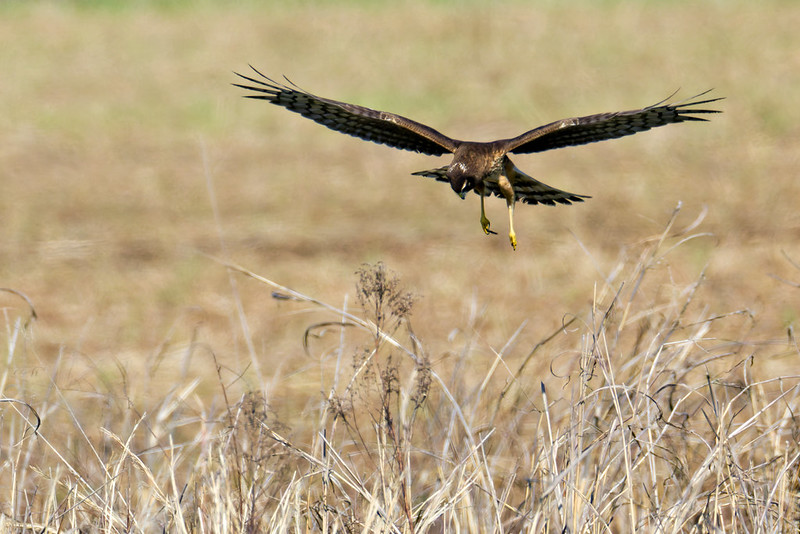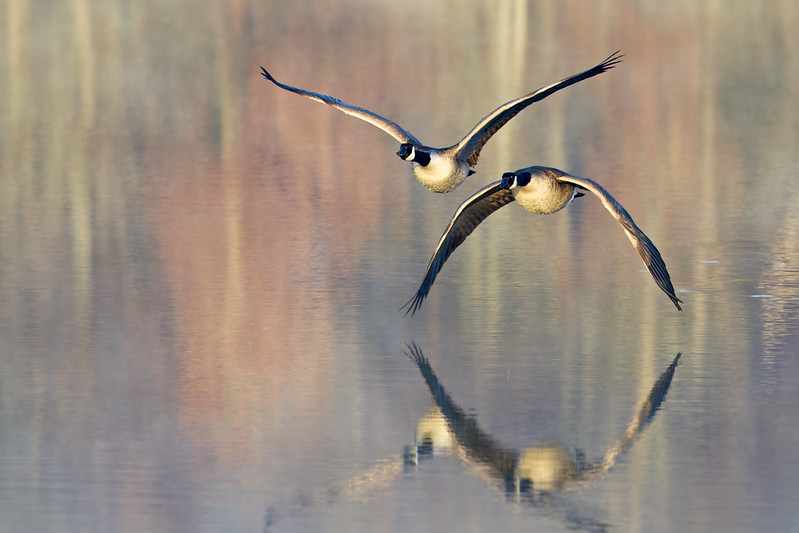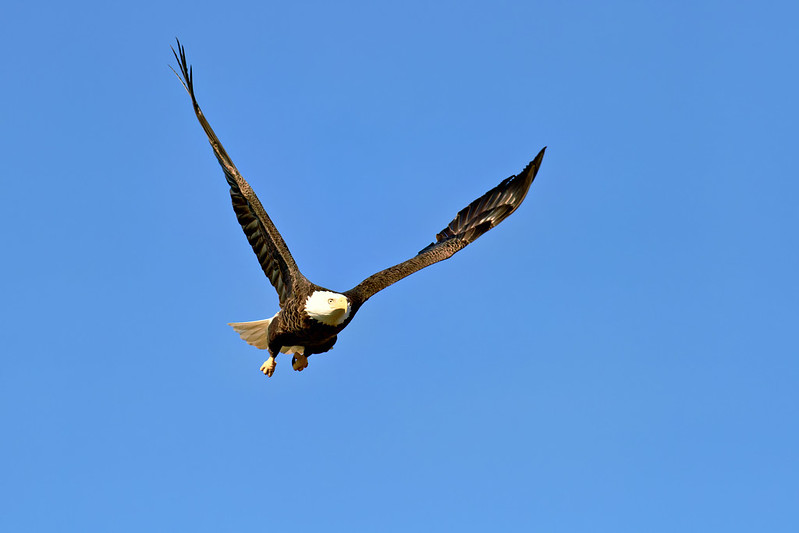Photographing birds in flight can be challenging, but natural wind conditions can actually work in your favor. Wind influences how birds move and how you should position yourself to get the best shots. Here’s how to harness the wind for sharper, more dynamic flight photography.
1. Photographing Birds in Flight with the Wind at Your Back

Birds typically take off or land into the wind. When the wind is behind you, birds are more likely to fly toward you, offering better angles and cleaner, head-on shots. This position also provides more consistent lighting on the bird’s face and body.
2. Choosing the Right Spot for Flight Photography

Observe where birds frequently take off and land. These spots are ideal for setting up. Select open areas that give you space to track their movement, and align yourself so both light and wind direction enhance your subject.
For inspiration on capturing birds at local hotspots, check out my post on Red-headed Woodpeckers at Sequoyah Refuge.
3. Best Camera Settings for Photographing Birds in Flight
- Shutter Speed: Use 1/2000s or faster to freeze wing motion.
- Aperture: Choose f/5.6 or wider to help isolate the bird from the background.
- ISO: Raise it as needed to maintain a fast shutter speed, especially in lower light.
You might also find my tips in Golden Hour Wildlife Photography: Essential Techniques helpful for optimizing light during early or late shooting hours.
4. Using Continuous Autofocus for Flight Photography
Set your camera to AF-C (Canon users: AI Servo) mode to continuously track moving birds. Select a small group of focus points to stay locked on the bird. Keep the subject near the center of the frame while smoothly panning.
5. Tracking and Stability Tips for Birds in Flight

Begin tracking the bird early. Don’t wait until it’s close. Match the bird’s speed with steady, fluid motion. If you’re using a heavy lens, a monopod or gimbal head can greatly reduce fatigue and increase precision.
6. Anticipate Behavior When Photographing Birds in Wind

Learn how birds behave in flight. Some glide after a few wingbeats, which is perfect for a clean, sharp image. Others hover briefly before landing. Flocks often use the same flight paths repeatedly. Observing these patterns helps you anticipate the best moments to shoot.
For more examples of understanding and photographing bird behavior, visit my blog post on Blue Jay Behavior: A Curious Moment.
7. Post-Processing Tips for Birds in Flight

If the sky is flat or overcast, increase contrast in post-processing to make the bird stand out. Crop as needed, but always keep wing tips in the frame. Apply sharpening selectively to the bird while keeping the background smooth.
Final Thoughts
Natural wind isn’t just a hurdle; it is a helpful tool when used well. It affects flight direction, behavior, and your shooting position. With some planning and practice, you’ll improve your odds of capturing crisp, powerful shots of birds in motion.

Useful information, Steve